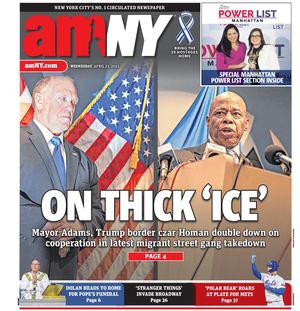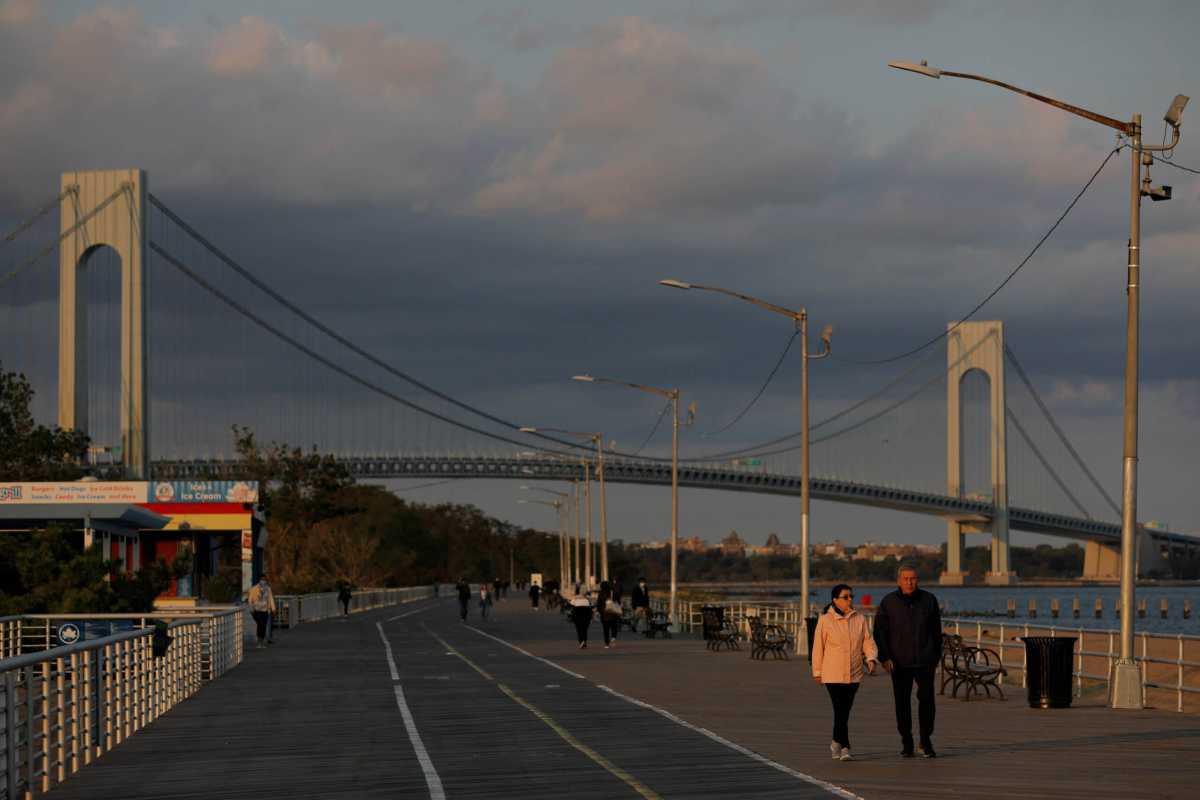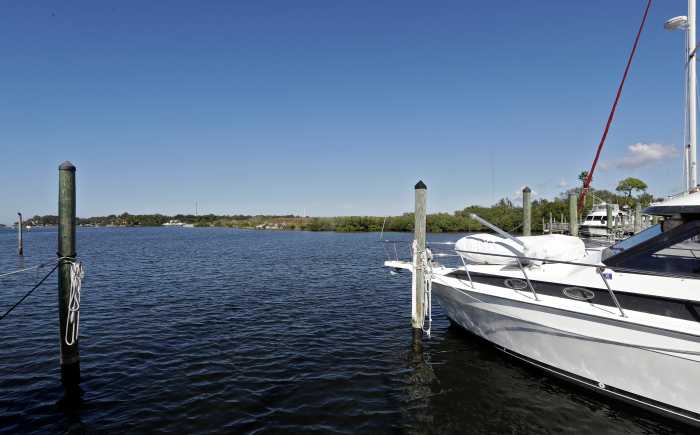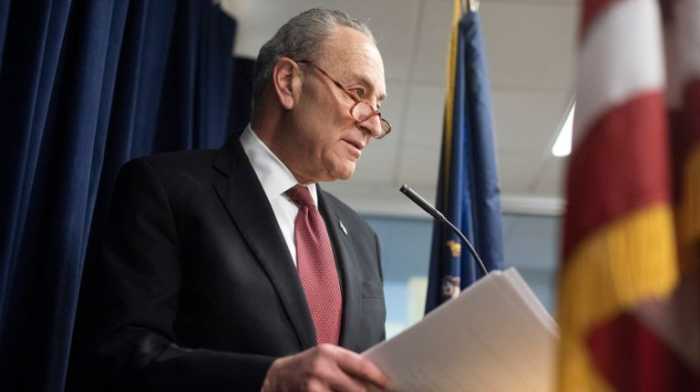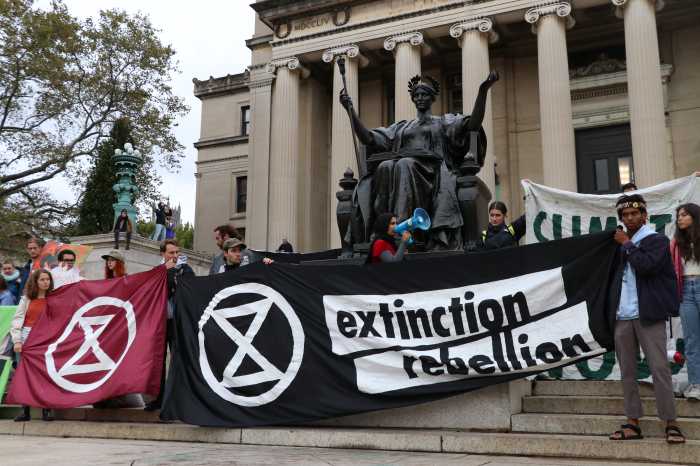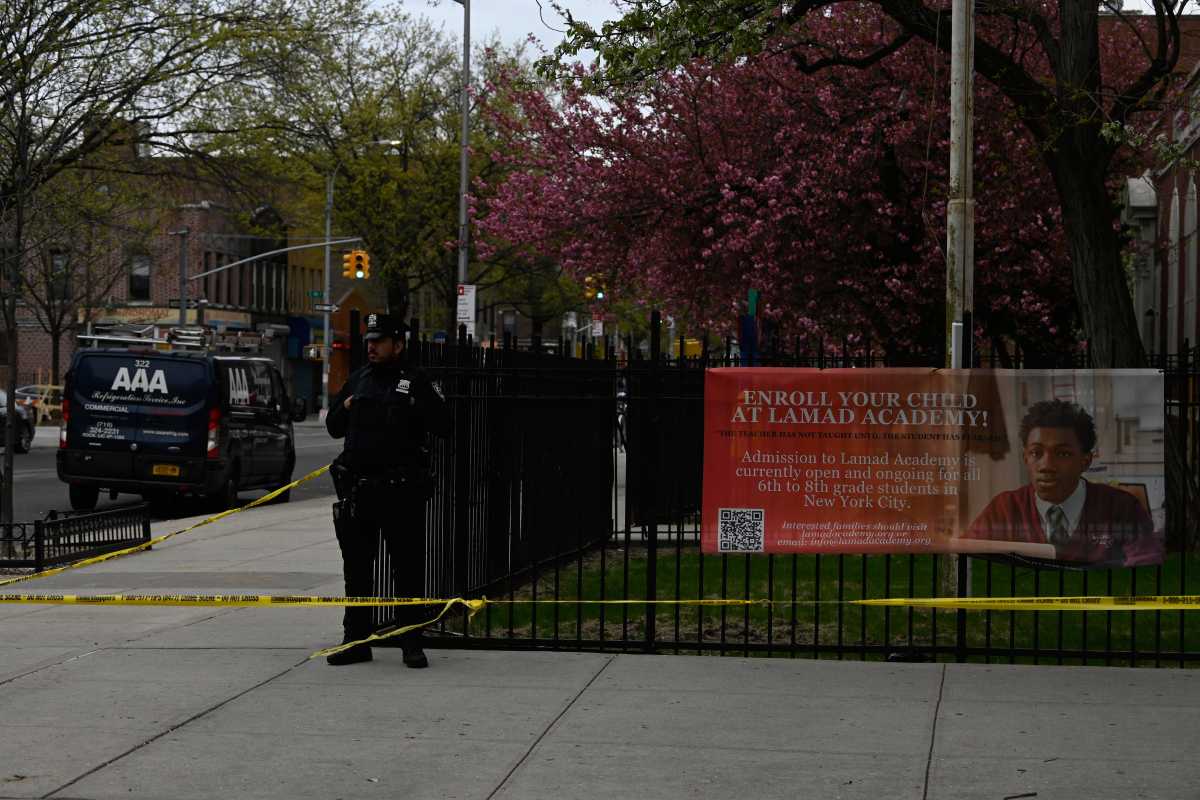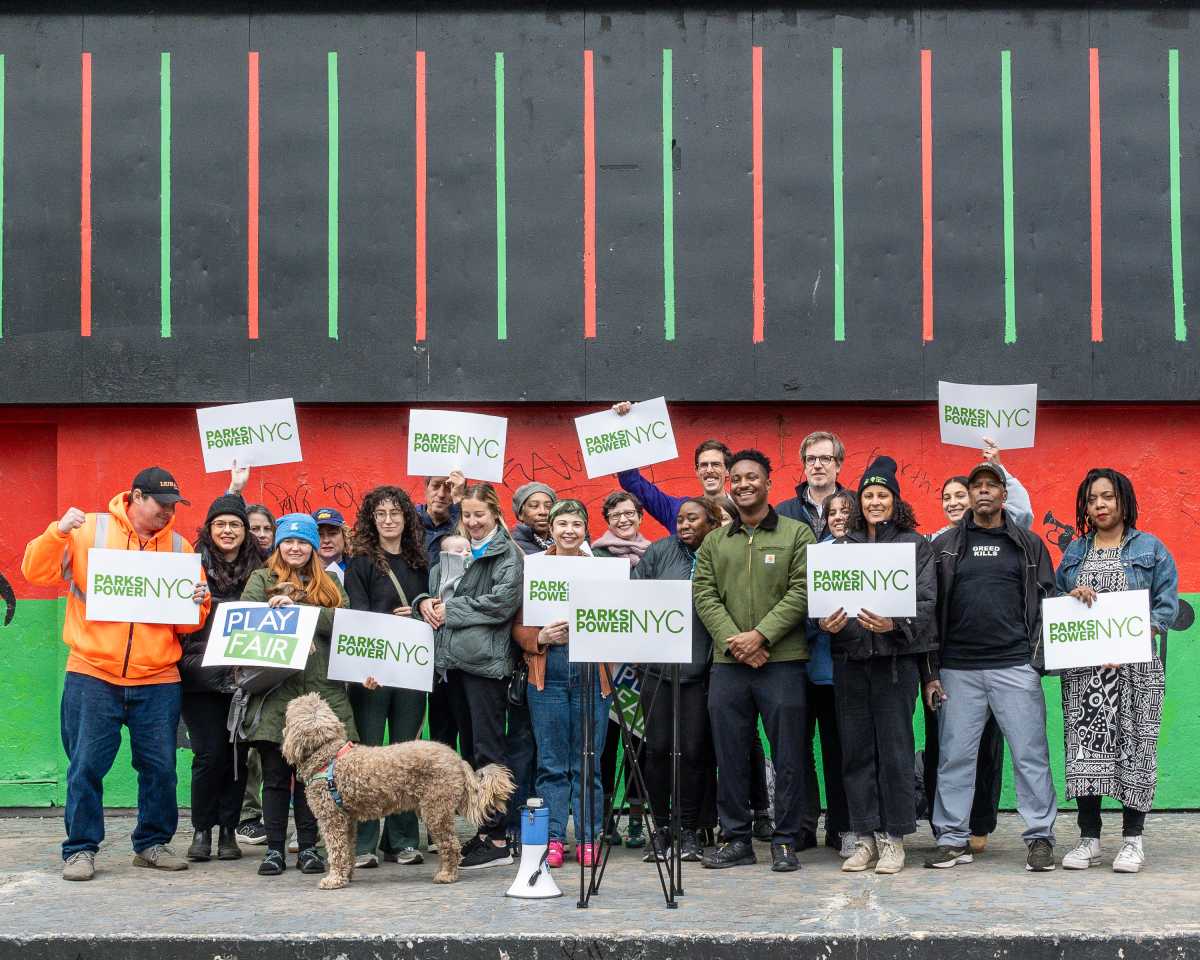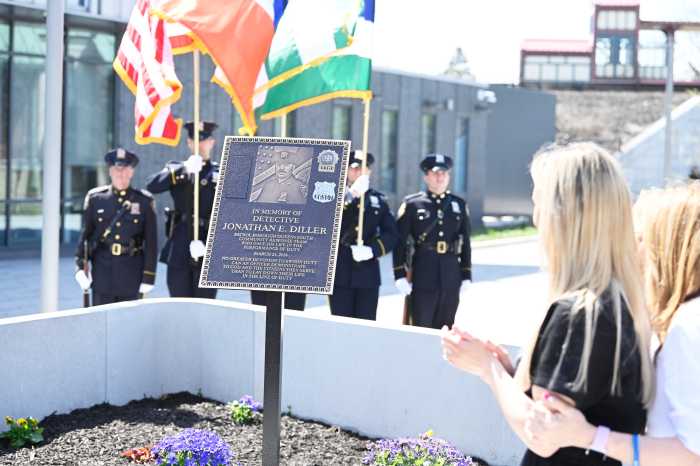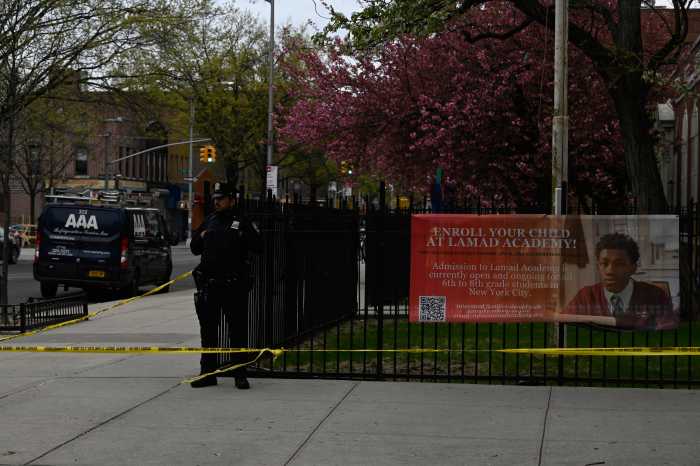Split tolling is set to begin on the Verrazzano-Narrows Bridge Dec. 1, something expected to help improve air quality by limiting the volume of cars passing between Brooklyn and Staten Island.
Now that the tolls match those of the Hugh L. Carey and Queens-Midtown Tunnels as well as the Whitestone, RFK and Throgs Neck Bridges, transit planners hope to see a more even distribution of cars and trucks passing through the city.
“The restoration of split tolling will end a 30-year loophole in New York City that will help alleviate congestion on Staten Island while improving the environment,” MTA Chairman Pat Foye said.
Split tolling ends three decades of the Verrazzano-Narrows Bridge being the only one in the country with a federally mandated one-way toll and could cut the number of motorists traveling through Staten Island by an estimated at 7,000 per weekday by pre-pandemic numbers, according to the MTA.
Average pre-pandemic traffic for the bridges is about 215,000 on weekdays, the MTA said, making it one of the busiest in the nation.
Rachel Weinberger, a senior fellow for transportation at the Regional Plan Association, says instead of only tolling in one direction could be a successful measure for diverting traffic, especially trucks, because it eliminates a loophole.
“The huge advantage of this, the reason is, with the way the tolls have been, there’s been an incentive to just come one way through Staten Island – the free direction – rather than taking what might be a more direct route to where their ultimate destination is,” Weinberger said. “As far as we’re concerned, it’s a big step forward and accomplishes the same kind of things we’re looking to accomplish in congestion pricing which is to equalize the cost at the point of entry, so toll shopping is eliminated, there are fewer vehicle miles driven and less emissions.”
Congressman Jerrold Nadler said his two decades working to reverse the split tolling rule passed in 1986 by congress to smooth out stop-and-go traffic at the toll booths. But with open road tolling being in place since 2017, the rule is no longer necessary.
“The restoration of split-tolling will greatly improve traffic and congestion in Brooklyn and Lower Manhattan, while also capturing much needed new funding for the MTA from out-of-state trucks, which no longer will avoid a toll entering New York City via Staten Island or dodge tolls on the Hudson River Bridge and tunnel crossings,” Nadler said. “All New Yorkers will reap the benefits of the restoration of two-way toll collection, from cleaner air, to reduced wear and tear on our bridges and tunnels and fewer trucks on the Staten Island Expressway, Gowanus Expressway, Manhattan Bridge and Canal & Broome Streets in Lower Manhattan.”
